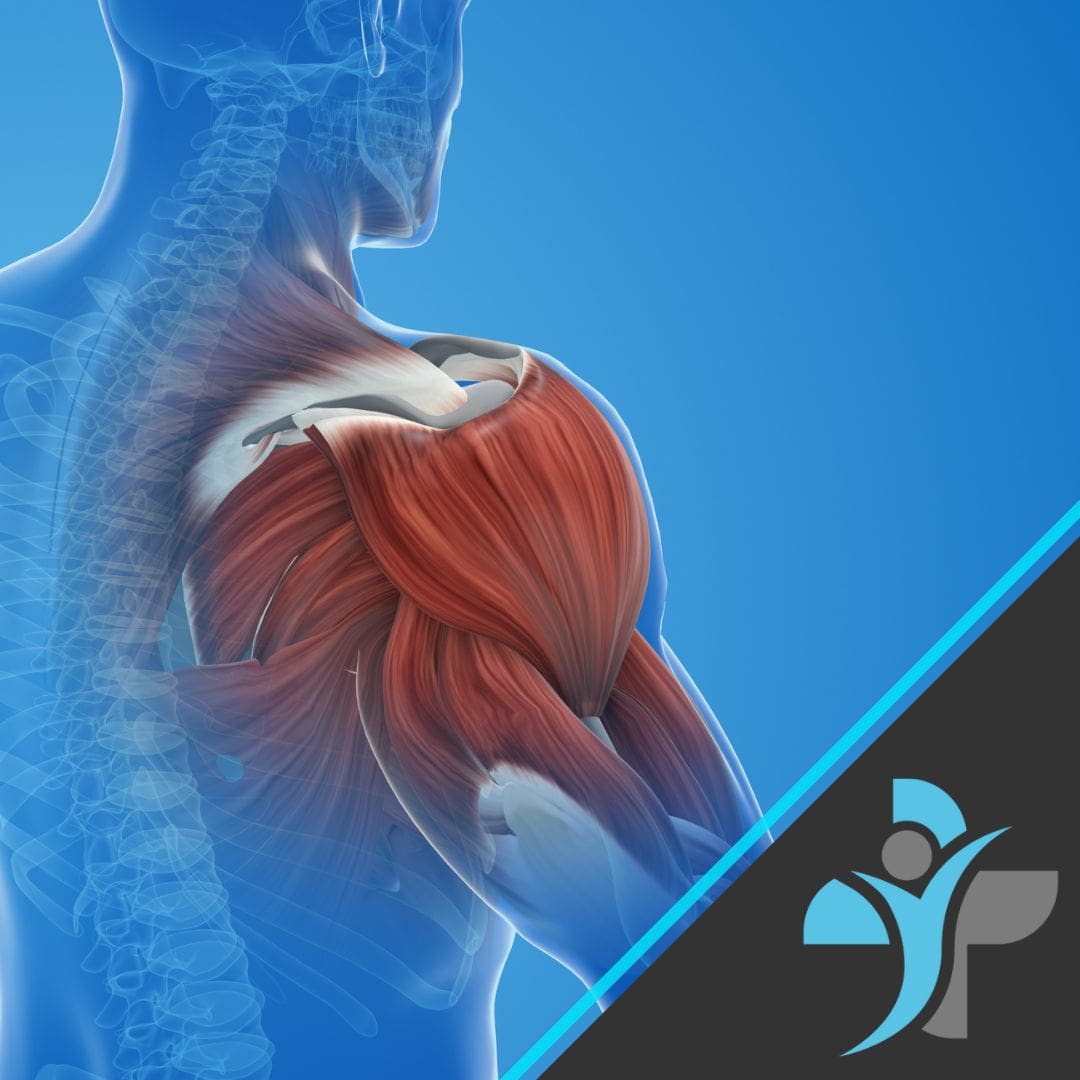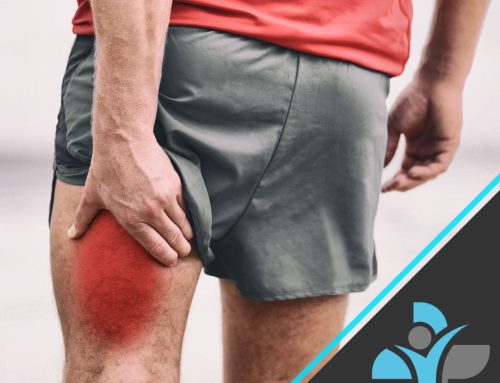
Shoulder Impingement
Overview
Shoulder impingement is a common condition that occurs in both athletes and non-athletes and is more common in individuals over the age of 40. It is often accompanied by rotator cuff tendinitis, which is inflammation of the rotator cuff tendons. The prevalence of shoulder impingement varies depending on the population studied, but it is estimated to affect up to 25% of the general population and up to 50% of individuals over the age of 50. It is more common in athletes who participate in overhead sports such as baseball, tennis, and swimming.
The pathophysiology of shoulder impingement involves a combination of factors, including anatomical variations, overuse or repetitive motions, muscular imbalances, and age-related changes. The repeated overhead movements and stresses placed on the shoulder joint can lead to inflammation and irritation of the rotator cuff tendons and bursa, which can eventually lead to impingement. Additionally, structural abnormalities such as a hooked acromion or bone spurs can contribute to impingement.
Anatomy
Shoulder impingement, also known as subacromial impingement, is a condition that occurs when there is compression of the rotator cuff tendons and the bursa between the acromion and the head of the humerus. The rotator cuff is a group of four muscles and tendons that attach the humerus to the scapula, and acromion is a bony prominence that forms the roof of the shoulder joint. Impingement occurs when the space between the acromion and the head of the humerus becomes narrowed, causing the tendons and bursa to be compressed against the acromion.
Symptoms
• Pain in the front or side of the shoulder, especially when reaching overhead or behind the back
• Weakness or loss of strength in the shoulder, especially with overhead movements
• Limited range of motion in the shoulder joint
• Pain and discomfort when sleeping on the affected shoulder
• Swelling or tenderness in the shoulder area
• A clicking or popping sensation when moving the shoulder
• Numbness or tingling in the arm or hand, which may indicate nerve involvement in severe cases
Causes
Common causes of impingement include anatomic variations of the acromion, degeneration of the rotator cuff tendons, overuse and trauma. Factors such as obesity, smoking, and diabetes can also contribute to the development of impingement, resulting in pain and weakness in the shoulder.
Diagnosis
Shoulder impingement is diagnosed through a combination of a physical examination, patient history, and imaging studies. The orthopedic surgeon will assess range of motion, strength, and pain in the affected shoulder, and perform specific tests such as the Neer test or Hawkins-Kennedy test. Imaging studies like X-ray or MRI can reveal degenerative changes in the bones and inflammation or tears in the rotator cuff tendons. A diagnosis of impingement is typically made when the patient has pain and weakness in the shoulder, and the physical examination and imaging studies reveal evidence of impingement. In some cases, a diagnostic injection may be done to confirm the diagnosis and to help to determine the best course of treatment.
Treatment
Shoulder impingement treatment usually begins with conservative measures such as rest, ice, and physical therapy. Medication and corticosteroid injections may also be used to reduce pain and inflammation. In more severe cases, or cases that don’t respond to conservative treatment, surgery such as subacromial decompression may be necessary. This involves removing a small portion of the acromion to create more space for the rotator cuff tendons and bursa. Physical therapy and exercises are essential for recovery after surgery. The treatment of shoulder impingement depends on the underlying cause of the condition and the severity of the symptoms.
Exercises
• Pendulum exercises: This exercise helps to gently move the shoulder and improve range of motion. Stand with your good arm leaning on a table or wall for support, and let the affected arm hang down. Use your body weight to gently move the arm in small circles.
• Isometric rotator cuff exercises: These exercises involve contracting the rotator cuff muscles without moving the arm. An example is the “empty can” exercise, which involves holding a light weight with the arm at a 90-degree angle to the body and squeezing the shoulder blade towards the spine.
• Scapular stabilization exercises: These exercises help to strengthen the muscles that support the shoulder blade, such as the serratus anterior and the trapezius. An example is the “wall slide” exercise, which involves sliding the back against a wall while keeping the arms and elbows in contact with the wall.
• TheraBand exercises: This exercise helps to improve the strength of the rotator cuff muscles, such as the supraspinatus and the infraspinatus. An example is the “external rotation” exercise, which involves holding the TheraBand in one hand and turning the arm outwards against the resistance of the band.
• Strengthening exercises: To improve shoulder strength, it’s recommended to do exercises such as shoulder press, lat pulldown, and rows. These exercises can be performed with free weights or resistance bands.
It’s important to note that exercises should be performed under the guidance of a physical therapist or other healthcare professional, to ensure that they are performed correctly and to avoid further injury.
Prevention
• Maintain good posture: Keeping your shoulders back and down will help to reduce the stress on your rotator cuff tendons and decrease the risk of impingement.
• Strengthen the rotator cuff muscles: Performing exercises that target these muscles can help to improve their strength and stability, which in turn can help to prevent impingement.
Avoid repetitive overhead motions: Repetitive motions like throwing a ball or lifting weights over your head can put stress on the rotator cuff tendons and increase the risk of impingement.
• Take breaks when doing repetitive tasks: If you do a lot of overhead work or other repetitive tasks, take regular breaks to give your shoulders a rest.
• Use proper technique when lifting: Using proper form when lifting can help to reduce the stress on your shoulder and decrease the risk of impingement.
• Maintain a healthy weight: Being overweight can put extra stress on your shoulders and increase the risk of impingement.
• Avoid smoking: Smoking is associated with increased risk of impingement due to the decreased blood flow and oxygenation in the shoulder.
• Control chronic conditions: If you have a chronic condition such as diabetes, it’s important to control it to avoid the risk of impingement.
• Wear the right equipment: If you play sports or engage in other activities that put your shoulders at risk, wear the appropriate protective gear to help prevent injury.
• Listen to your body: if you experience pain or discomfort in your shoulder, it’s important to seek medical attention, rest the shoulder and avoid activities that exacerbate the pain.
If you are suffering from any shoulder pain or discomfort, our physiotherapists and exercise professionals are happy to help. You can contact by dropping us an email at info@livewellhealth.co.uk or phone us on 0330 043 2501



